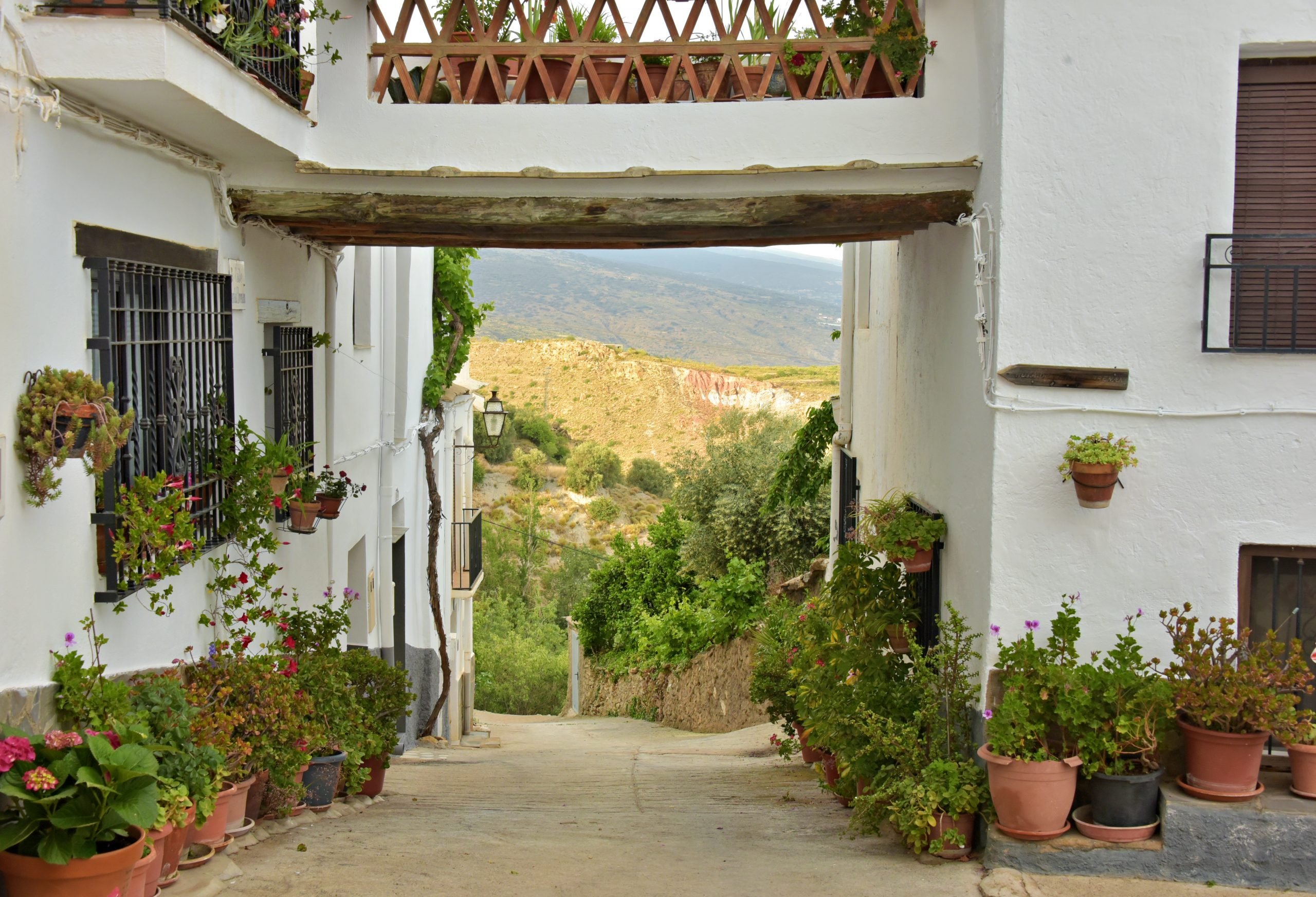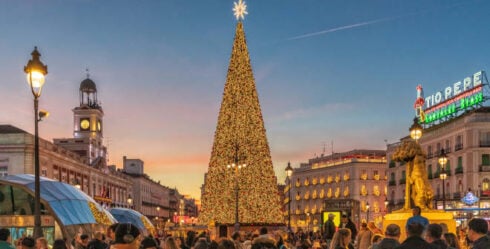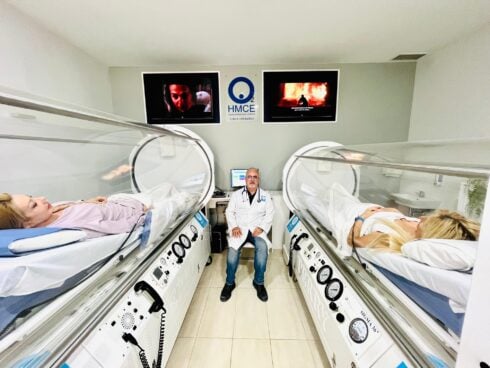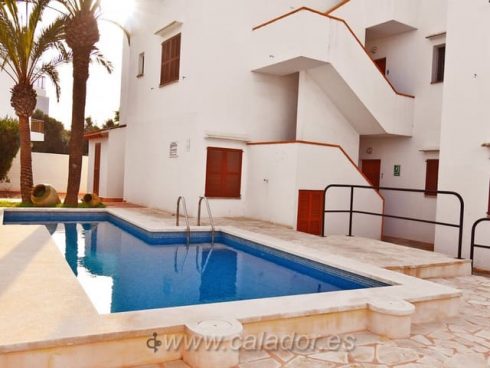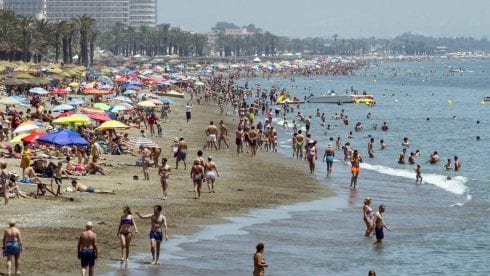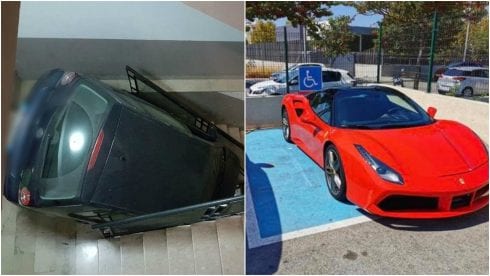LONG before La Alpujarra became popular with northern Europeans, a few pioneering Brits discovered the area. An early advocate was Gerald Brenan, a British writer, intellectual, and Hispanist, who later published his renowned 1957 memoir, South from Granada. This was 42 years before Chris Stewart penned Driving over Lemons.
A writer on the fringes of the Bloomsbury Group, Brenan invited Virginia Woolf and other luminaries to the Alpujarra. Although Woolf loved the tranquil vibe, some of Brenan’s other friends – such as Lytton Strachey – were unimpressed by the primitive lifestyle and proved critical.
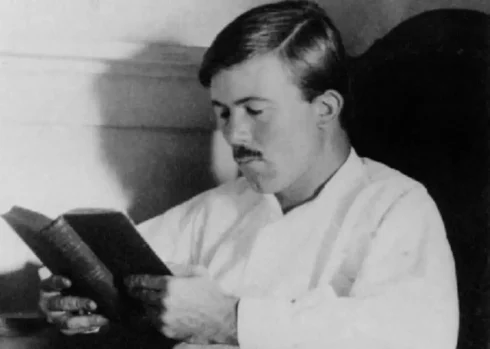
Simple but good life
Brenan, himself, was attracted by the no-frills element, as he wanted to escape middle-class England. Born in Malta in 1884, he grew up in the Cotswolds and served in the British Army during World War I. Afterwards, he came to Spain. After visiting Galicia and Madrid, he journeyed to Granada, crossing difficult mountain passes on foot, with inaccurate maps.
When some students recommended a walking trip to La Alpujarra, Brenan took their advice. After a spell touring every village, he eventually reached the remote village of Yegen in 1919. Accessible only by a rough track, it was one of the poorest villages in the region, with simple Berber-style architecture and a reliance on agriculture and farming. There were no telephones, domestic plumbing, or electricity.
Undaunted, Brenan rented a large house on Yegen’s Calle Era del Cañamo and threw himself into the rural idyll, eking out his army pension.

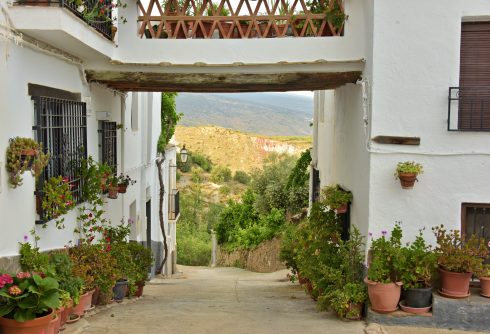

Capturing a bygone era
The resulting memoir, South from Granada, is a rare account of a bygone age in rural Andalucia. Brenan describes his experiences with the locals, as well as the region’s cultural events, including fiestas and town fairs. These are the same events we enjoy today – Semana Santa, patron saints’ days, Navidad, etc.
Brenan soon immerses himself in the society of Yegen, building relationships with the villagers. Sometimes, he buys a bottle of anís and cigarettes, and invites local people to a music night (or juega) in his house, where they sing and dance.
He vividly describes the rugged landscapes and other towns he visits. He says the villages around Órgiva lie in ‘a deep mountain hollow’ and are ‘shut in’, while Mecina Bombaron looks ‘cold and northern’. He also writes about the flora and fauna, and the changing seasons. This is fascinating if you want to see how the Alpujarra appeared a century ago.
The book also shows the poverty in rural villages. Living off his army pension, Brenan struggles occasionally, and must borrow money or go without food.
One of the most startling elements is the distances people walked to do basic errands. Brenan describes his lengthy foot trips to visit Malaga, Almeria, and Granada. It is almost unthinkable today, walking the ‘130 miles to Malaga’, from Yemen, in the heat – and while suffering from dysentery.
Gender roles
Another theme in South from Granada is the gender roles. In Yegen, Brenan found the men doing agricultural work and tending animals, while women had domestic chores and childcare. He speaks of the patriarchy, with men holding the important positions. His landlord, a rich man, thinks nothing of having affairs with vulnerable maids. Meanwhile, there is a town prostitute, who is apparently well-visited.
Brenan also describes people socialising with their own gender. For example, men congregate in groups in the local bar, while women gather in private spaces. (So, what has changed, you may ask…)
In one amusing anecdote, Brenan describes the women scrubbing laundry until it’s brilliant white. The husbands, while changing their undergarments ‘frequently’, bathed only a few times a year.
Revisiting the past – ‘Pasadas Aguas’
Brenan returned to Yegen in 1982, to make a documentary about his time in the village. All three episodes exist on YouTube and are an interesting piece of history.
During this later visit, Brenan was delighted to discover a young Anglo-American girl following in his footsteps, living in Yegen, working in the fields, and ‘marrying a simple shepherd’. Since then, plenty of single women from Northern Europe have upped sticks and based their lives in remote Alpujarran locations (including the reporter). It is inspirational to see an early trailblazer, and one who speaks so lucidly about her experiences.
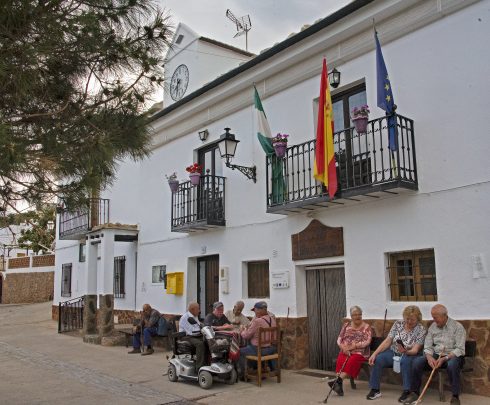
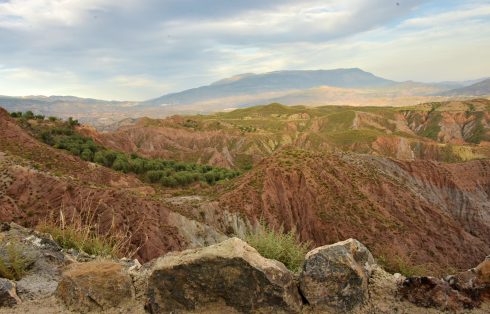

A visit to Yegen
The Olive Press decided to visit Yegen, to see where Brenan lived.
Upon arriving, the reporter was pleasantly surprised by the friendliness of the locals. It’s not uncommon for residents of remote, Alpujarran villages to stare at a stranger who is clambering inelegantly out of a van, camera in hand. These people were universally smiling and welcoming.
Brenan appreciated the peace of the village. On a Tuesday evening, it was quiet, and the bars were closed. A few old people were playing cards in front of the town hall. Some children rode bikes on the street. Men were tending to their campo. The place had a low-key feel, unlike nearby Cadiar.
The Brenan house, at Calle Era del Cañamo, looked as if it hasn’t changed over the years. The upper floor has an unmade part with chicken wire – perhaps it hasn’t been modernised. Just down from his house, a street has been named Calle Gerald Brenan, in his honour.
Nestling on the side of a hill, Yegen is surrounded by the natural beauty of the Alpujarra. At the village limits, the terrain gives out to campo tracks. You can look across fields where grapevines and lemons grow.
The GR7 hiking route passes the village and takes you to nearby Montenegro (2km) and the small village of Yátor. The route is a dusty, unmade track with beautiful views – just as it would have been in Brenan’s day.
Staring across the rugged landscape towards the distant mountain peaks of the Contraviesa and the Alpujarra of Almeria, you can truly imagine Brenan standing in the same place, looking at the same vista – as if time has stood still.
READ MORE
- The abundant Alpujarra of Spain’s Granada: an oasis of fruit and flowers all year round
- WINE COUNTRY: The Alpujarra and Contraviesa of Spain’s Granada have produced ‘vino’ for 2,000 years – and it’s still a corking success
Click here to read more News from The Olive Press.

